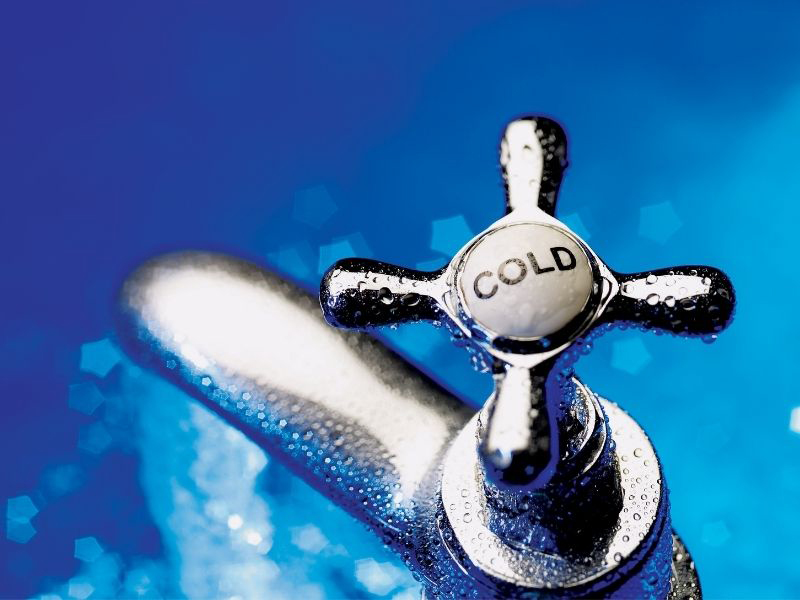I’m considering switching to a cold-water detergent for my wash-dry-fold business in order to save some money on my natural gas bill. Does this make sense? I don’t want to sacrifice the quality of the wash I offer my full-service customers.
No, that does not make sense. It’s a bad idea. Washing in cold water is OK for handling general stains or for those washing lightly soiled garment at home. But, for tackling tougher stains like oil or grease, you need warmer water.
The science behind this a quite simple. Warm or hot water expands the garments’ fibers and allows the stains to be released from the material. By contrast, cold water will contract those fibers, thus hindering some of those more difficult-to-remove stains from being released.
Here’s another way to look at it: try washing your hands with soap and cold water – you will notice that it will take longer to get them clean, and you still might not remove all of the dirt. On the flip side, wash your hands with soap and very warm water – this should remove all of the dirt in less time, and your skin will just feel cleaner afterward. It’s the same concept with your customers’ clothes and linens.
I’ve recently been offered a commercial account from a nearby nursing home. However, before I accept this new business, I want to know what type of anti-bacterial chemical you’d suggest I use with this type of laundry during the washing process.
For this type of a commercial account, you have a choice of three different chemicals – ammonia, chlorine bleach and hydrogen peroxide. All three are most likely available from your local distributor, and all three will do the job.
Using any of these three products in conjunction with a quality detergent in a hot-water wash cycle should knock out any bacteria lurking within those laundry loads. Hot water is the key to this equation, because it will assure that whichever chemical you eventually choose will be able to work to the best of its ability.
I’ve just built a brand new, very large laundromat that’s more than 10,000 square feet. It’s located in a busy, urban area with an extremely dense Hispanic population. I need to know the best ways to advertise and promote this new business. Do I use direct mail, handbills, the local newspaper or what?
Due to your no doubt large amount of overhead, you need a quick response from your marketplace. Also, because of the size of your new laundromat, you may need to expand your marketing area – from the traditional half-mile to one-mile radius for an urban location to a much wider three- to four-mile radius.
Because you’re trying to reach out to the Hispanic community, be sure that your interior and exterior signage is composed in Spanish, as well as English. Also, bilingual staffers will be critical to the success of your business.
As far as traditional advertising, perhaps the best way to reach out to your potential customers is through the local Spanish-language radio stations and any Spanish-language newspapers serving the area. I would suggest you look into both of these promotional vehicles.
Of course, don’t neglect digital marketing. Create an easy-to-navigate, professional-looking website, along with engaging regularly on various social media platforms.
I’d also suggest joining the Coin Laundry Association’s LaundryCares Network, which is a growing group of laundry owners who are serving their neighborhoods by providing free laundry events for those in need, as well as offering literacy resources for children and families. It’s free to join, and it’s a great way to give back to your community and distinguish your laundromat from the rest of the stores in town.








